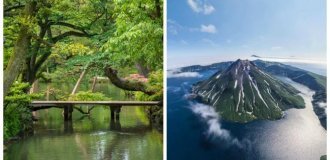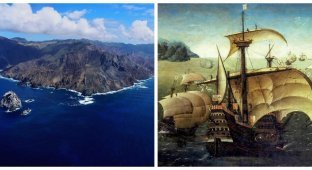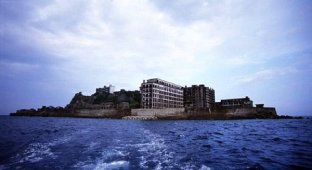St. Helena Island - Australian Alcatraz (8 photos)
In the center of Brisbane National Park there are the ruins of its own Alcatraz. 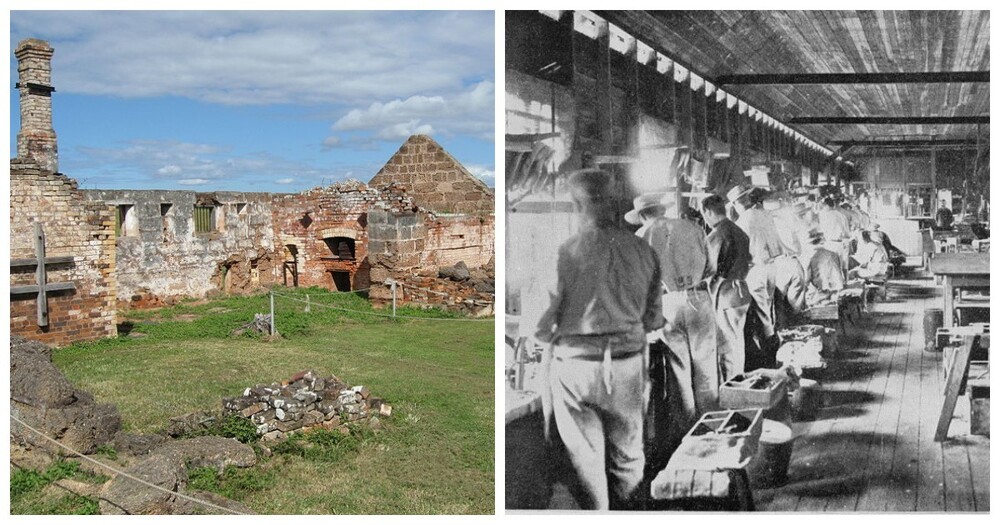
St Helena Island, located five kilometers from the mouth of the Brisbane River and a 30-minute boat ride from the coastal suburb of Manly, is a monument and memorial to Brisbane's controversial history. For centuries, the indigenous Quandamooka people called it Nugun. But from 1867 to 1933 there was a notorious maximum security prison here. 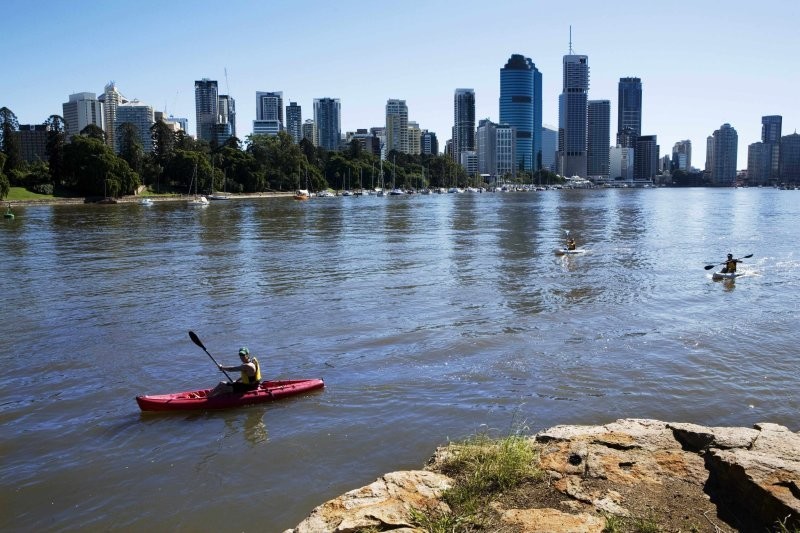
Brisbane River
The seemingly tall tale of the name St. Helena begins with an Aboriginal warrior named Eilop. Nicknamed Napoleon by the British because of his small stature, he was accused of theft and exiled to the island, which in 1827 was known as the Second Green Island. The resourceful and active Eilop built a canoe in three days and fled back to the mainland. 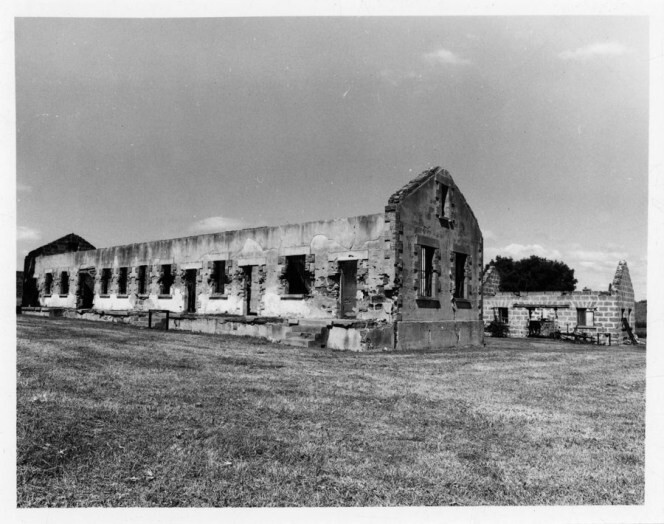
Buildings in 1986
The legend of his expulsion and escape spread throughout the colony. Although the real Napoleon Bonaparte served his exile on a completely different island, St. Helena, thanks to the story of his namesake, the prison island of Brisbane later also became known as St. Helena. 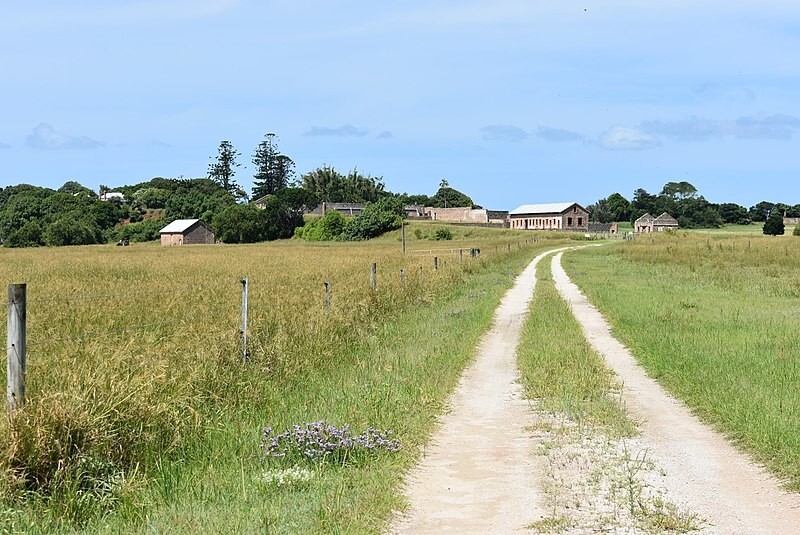
View of Saint Helena
But the symbolic romantic name does not mean that life for its inhabitants was easy. 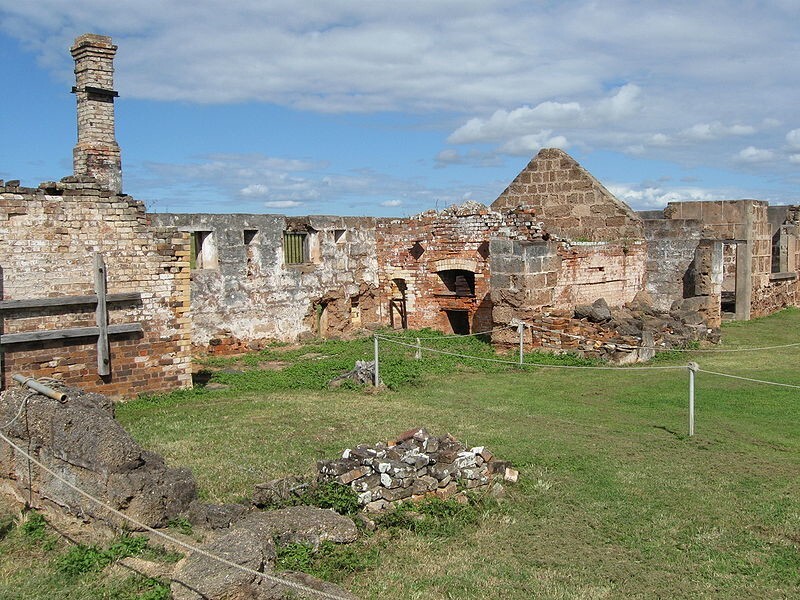
View of the slaughterhouse and bakery on St. Helena
Whipping was common, as were harrowing episodes of prolonged solitary confinement. Aboriginal prisoners suffered the consequences of segregation and endured constant mistreatment. 
Prisoners sewing boots, 1911
Like the infamous Alcatraz, St. Helena Prison was designed to house the worst of the worst criminals on a small piece of land. Escape was ruled out not only by the waters, but also by the sharks, who acted as voluntary and very dangerous guards. The prison flourished due to the forced use of prison labor. Profitable enterprises included a brick factory, a sugar factory and a full range of agricultural activities. Saint Helena Island was considered a model prison of its time. 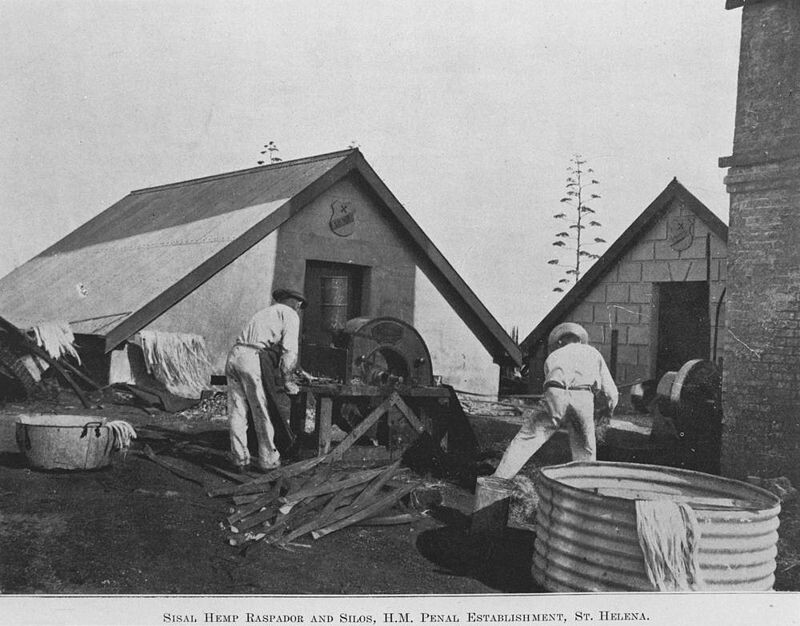
Prisoners making ropes
Today, almost nothing remains of the buildings erected by the prisoners. Only the ruins, built mainly from stone collected from the shallow waters of Moreton Bay, remain a harsh but eeriely beautiful and majestic reminder of a sad past. The most visible and photographed of these is the prison itself, but the unmarked graves in the prison cemetery and the remains of colonial industries also attract attention and provide a glimpse into the past. 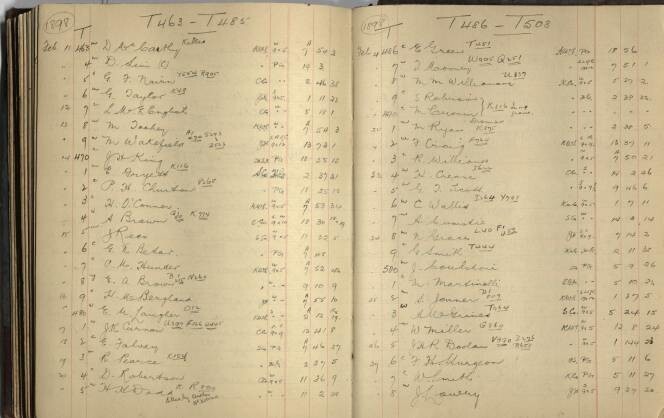
Register of burials on the island








